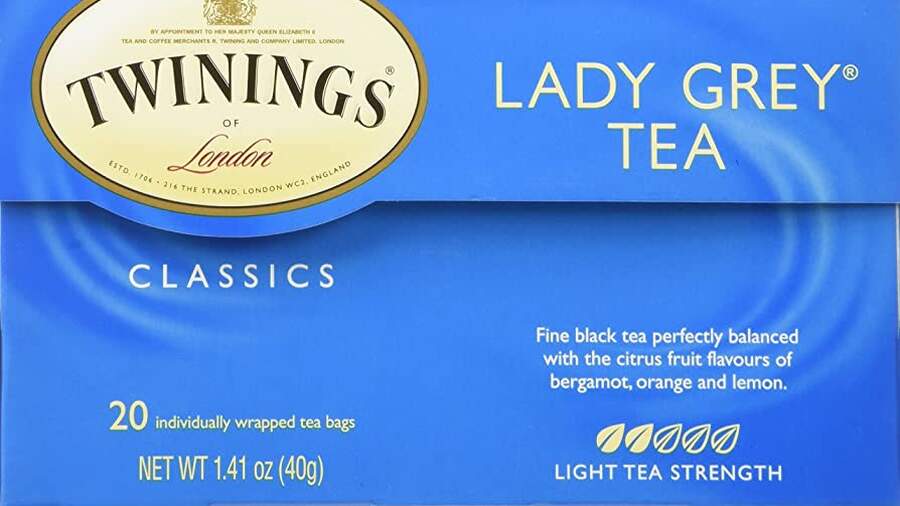The Difference Between Earl Grey And Lady Grey
Discover the key differences between the popular Earl Grey and Lady Grey teas including their unique histories.

Earl Grey tea is beloved by tea enthusiasts worldwide. Today, there are so many varieties of Earl Grey available that many people want to try them all! You might have heard of Lady Grey and are wondering what it is and where you can find it. While they share similarities, these two distinct blends offer unique flavors and intriguing histories.
Most importantly, Lady Grey tea is a trademarked variation of Earl Grey, created by Twinings in the early 1990s. This is why you will have a hard time finding it at your local tea shop. However, you can often find similar blends under names such as Madame Grey, Empress Grey, or Duchess Grey.
Both Earl Grey and Lady Grey teas are delightful blends with their own unique flavors and fascinating histories. If you have never had Lady Grey, consider picking up a box the next time you're at the grocery store. But nothing will replace the king (or should we say, Earl 😅) of teas... Earl Grey!
You can also check out all of our different Earl Grey blends.
A Brief History
Earl Grey Tea
Earl Grey is a tea blend flavored with oil of bergamot, which gives it its distinctive taste. Traditionally, this tea was made from black teas such as Chinese keemun and was served without milk. Varieties of Earl Grey have since expanded to include green and oolong teas as well.
The earliest reference to bergamot-flavored tea dates back to 1824, but the exact origins of Earl Grey remain uncertain. One legend claims that a grateful Chinese Mandarin presented the blend to Charles Grey, 2nd Earl Grey, after a member of his party saved the mandarin's son from drowning. Other theories suggest that the tea may have been developed independently of Earl Grey and was later associated with the title for marketing purposes.
Lady Grey Tea
This blend was first introduced in Norway in 1994 and in Britain in 1996 as a more delicate alternative to regular Earl Grey. It was named after Mary Elizabeth Grey, the wife of Charles Grey, 2nd Earl Grey. Lady Grey differs from Earl Grey by containing less bergamot and more lemon and orange peel, providing a softer, milder taste.

